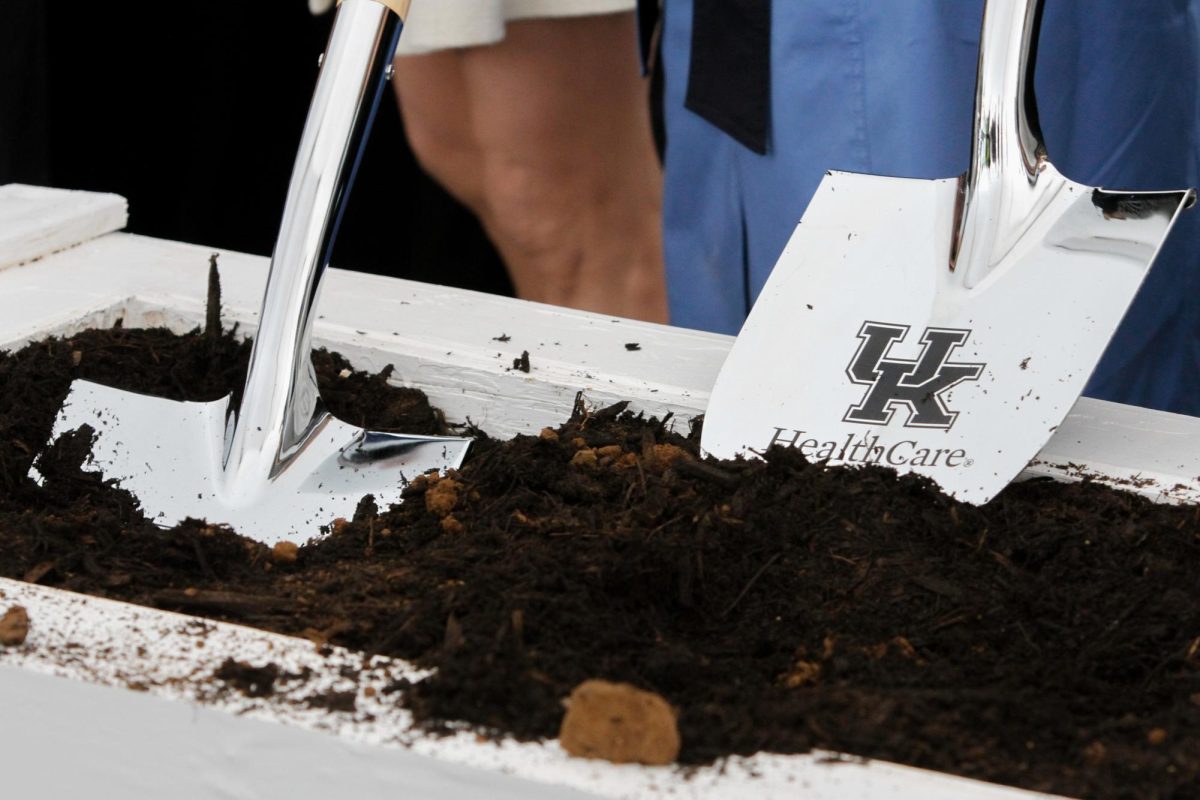Despite negative publicity, mining plays an essential role in our lives and may have positive impact on environment
January 29, 2009
Column by Nate Waters
Mining receives a great deal of negative publicity due to concerns over the impacts on the environment and worker health and safety. However, mining provides us with minerals that are essential to our everyday activities. Many materials that are used in our lives originate from plants or are naturally occurring minerals found in the earth. Agriculture provides cotton, food, lumber and many more necessities. However, agriculture cannot meet all our needs. The U.S. Geological Survey estimates that 10 tons of minerals must be mined annually for every person. Minerals are a vital component in nearly every activity we do. Turning on a light switch, walking on sidewalks, brushing our teeth, the change in our pocket, and using cosmetics, computers, fertilizers and many others involve using minerals that have been mined.
Talc, a mineral mined in the U.S., is used in baby powder, cosmetics, rubber, ceramics, paint and paper, just to name a few everyday items. Gold can be found in many areas in the U.S., but is primarily mined in Nevada. Gold has many uses, including jewelry, computers, glass production, and even in the treatment of rheumatoid arthritis. Copper is also used in our daily activities. Millions of miles of copper wire are used to transfer electricity to our technology-driven lives. Copper is mined in the Western U.S., where one of the largest copper mines in the world can be found: Bingham Canyon Mine near Salt Lake City, Utah.
Many mining activities occur all across the state, even here in Lexington. Think about the stone in our sidewalks and roadways. The stone that is used to make concrete and pavement must be mined in quarries. Even fly ash from coal combustion is used in many road materials. Rock quarries can be easily found here in Central Kentucky, even downtown Lexington. Did you know an active underground rock quarry lies beneath the city of Lexington?
The most common mineral that is mined in Kentucky is coal. In 2006, Kentucky produced 120.8 million tons of coal, which ranked third in the nation behind Wyoming and West Virginia. About 89.3 percent of this coal was used for electricity generation, while the rest was used for other industries, such as steel manufacturing. In a booming technology age, electricity demands are soaring. About 92 percent of Kentucky’s electricity is produced from coal, and, as a result, Kentucky citizens enjoy one of the lowest electric costs in the nation. About 68 percent of steel production worldwide comes from iron, which is made of iron ore, coke (carbonized coal), and small quantities of limestone. Anthracite coal is used for water filtration purposes in water treatment facilities and even in your fish tank filters.
How does mining influence the environment? Although some mining activities in the past were harmful to the environment, mining companies have significantly reduced their impact on the environment and improved their reclamation efforts. After the mining activities are over, many responsible companies reclaim the land to better condition than when the mining began. While many laws govern how the land is reclaimed, mining companies often go above and beyond by working with the Kentucky Department of Fish and Wildlife, The Rocky Mountain Elk Foundation and other agencies to improve the wildlife habitat. Elk in Eastern Kentucky have thrived in the habitats created by reclaimed coal mines. In 2008, the Kentucky Department of Fish and Wildlife estimated that the Elk population had risen to 6,500, making it the largest Elk herd east of the Mississippi River. The Appalachian Regional Reforestation Initiative (ARRI) has partnered with many coal mining companies to help plant millions of trees in Appalachia. One in particular, the American Chestnut, was destroyed in the early 1900’s by the chestnut blight and is now being reintroduced to Eastern Kentucky by ARRI and the collaborative efforts of mining companies.
As you can see, mining is essential to our everyday lives, and it is possible for the mining activities to have a positive impact on the environment. Remember, if it isn’t grown, it has to be mined.






















































































































































